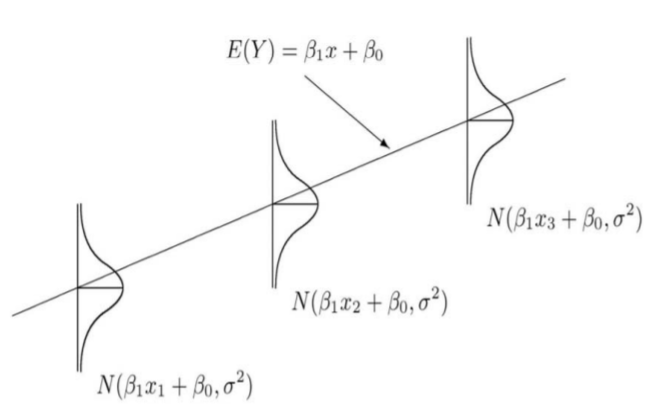14.5: Estimating \( \sigma\), the standard error of the residuals
- Page ID
- 20930

The simple linear regression model (\(Y=\beta_{0}+\beta_{1} X+\varepsilon\)) includes a random variable \(\varepsilon\) representing the residual which follows a Normal Distribution with an expected value of 0 and a standard deviation \(\sigma\) which is independent of the value of \(X\). The estimate of \(\sigma\) is called the sample standard error of the residuals and is represented by the symbol \(s_e\). We can use the fact that the Mean Square Error (MSE) from the ANOVA table represents the estimated variance of the residuals errors:
\[S_{e}=\sqrt{\mathrm{MSE}}=\sqrt{\dfrac{\mathrm{SSE}}{n-2}} \nonumber \]
For the rainfall data, the standard error of the residuals is determined as:
\[s_{e}=\sqrt{12.859}=3.586 \nonumber \]
Keep in mind that this is the standard deviation of the residual errors and should not be confused with the standard deviation of \(Y\).


